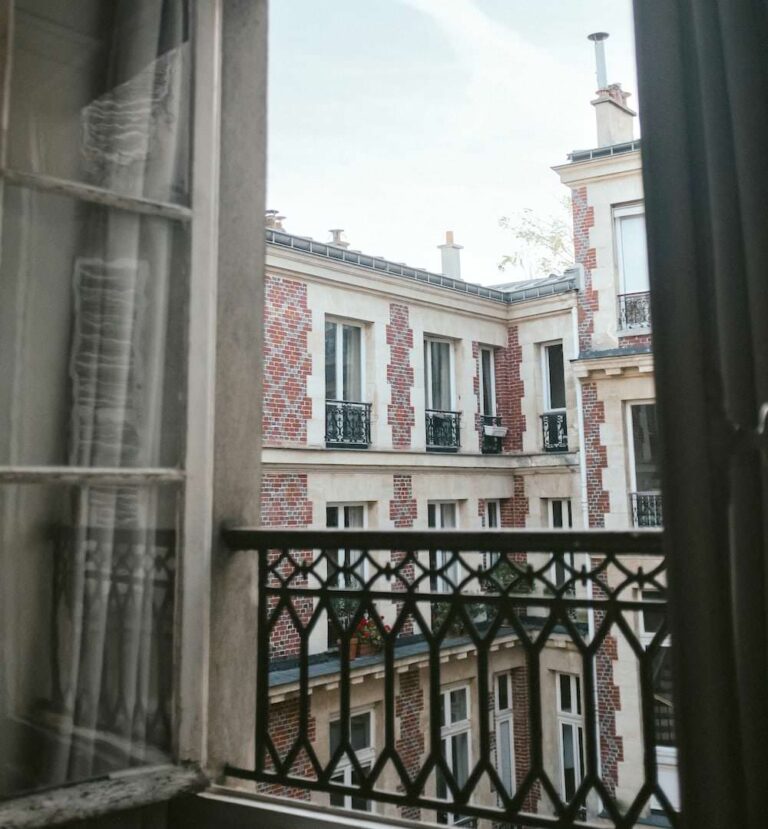questions
Asking questions in French can be done in several ways, ranging from very formal to very informal. The choice of structure depends on the context, the level of formality, and the degree of emphasis or clarity desired.
There are three main structures for forming a question when no interrogative pronoun or adverb is involved.
Subject-verb inversion
This is the most formal method and is often used in writing, in formal speech, or when speaking carefully. The subject and verb switch places, connected by a hyphen.
- Allez-vous à la gare ?
Are you going to the station? - Aime-t-elle le café ?
Does she like coffee?
If the subject is a noun, the noun is placed first, followed by the verb–subject pronoun inversion:
- Marie vient-elle ce soir ?
Is Marie coming tonight?
In spoken French, this form often sounds stiff or overly formal.
The est-ce que structure
This is very common in everyday speech and writing. Est-ce que is placed at the beginning of the sentence before the subject and verb.
- Est-ce que vous allez à la gare ?
Are you going to the station? - Est-ce qu’il pleut ?
Is it raining?
Note that est-ce que contracts to est-ce qu’ before a vowel or mute h.
Intonation only
The simplest way to form a yes-no question is to use declarative word order and make it into a question by rising intonation. This is common in spoken French but generally avoided in formal writing.
- Vous allez à la gare ?
Are you going to the station? - Tu viens demain ?
Are you coming tomorrow?
Questions with interrogative pronouns and adverbs
When asking questions involving words such as “who,” “where,” “when,” “why,” “how,” and “what,” French uses the same three basic methods.
Subject-verb inversion
The interrogative word is placed at the beginning, followed by the inverted verb and subject pronoun.
- Où allez-vous ?
Where are you going? - Quand viendra-t-il ?
When will he come? - Pourquoi partez-vous ?
Why are you leaving? - Que faites-vous ?
What are you doing?
This form is common in writing and formal speech.
The est-ce que structure
The interrogative word is followed by est-ce que, then subject and verb in normal order.
- Où est-ce que vous allez ?
Where are you going? - Quand est-ce qu’il viendra ?
When will he come? - Pourquoi est-ce que tu pars ?
Why are you leaving? - Qu’est-ce que tu fais ?
What are you doing?
This is widely used in everyday French and is considered clear and natural.
Intonation only
In informal spoken French, the interrogative word can be placed at the beginning or end, with the subject–verb order remaining unchanged.
- Où vous allez ?
Where are you going? - Vous allez où ?
Where are you going? - Tu pars pourquoi ?
Why are you leaving? - Tu fais quoi ?
What are you doing? - Quoi ?
What? (on its own, expressing surprise or asking for repetition)
Both front placement and end placement are common in casual speech. End placement often sounds more colloquial.
Special cases with “who” (qui)
Because qui can be subject or object, word order differs slightly.
- Subject: Qui vient ce soir ?
Who is coming tonight? - Object with inversion: Qui aimez-vous ?
Whom do you like? - Object with est-ce que: Qui est-ce que tu aimes ?
Whom do you like? - Informal: Tu aimes qui ?
Whom do you like?
Special cases with “what” (que / quoi)
French distinguishes between que (generally before verbs, more formal) and quoi (after verbs or prepositions, informal).
- Formal inversion:
- Que voulez-vous ?
What do you want?
- Que voulez-vous ?
- With est-ce que:
- Qu’est-ce que tu veux ?
What do you want?
- Qu’est-ce que tu veux ?
- Informal:
- Tu veux quoi ?
What do you want?
- Tu veux quoi ?
- After prepositions:
- De quoi parlez-vous ?
What are you talking about?
- De quoi parlez-vous ?
Summary
- Yes-no questions: inversion (Allez-vous ?), est-ce que (Est-ce que vous allez ?), intonation (Vous allez ?).
- Interrogative words: inversion (Où allez-vous ?), est-ce que (Où est-ce que vous allez ?), intonation (Vous allez où ?).
- Qui requires special attention depending on whether it is the subject or object.
- Que and quoi are both used for “what,” with que more formal and quoi common in speech, especially at the end of a question or after prepositions.






